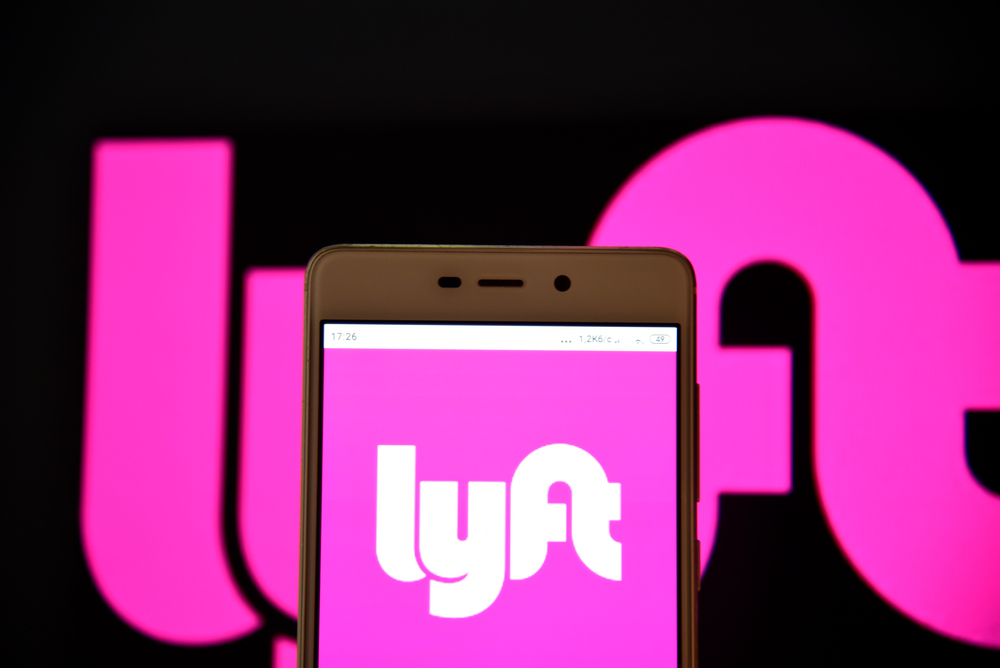
On December 12, Lyft (NASDAQ:LYFT) announced the launch of a rental car service. The new service is currently available exclusively in the Bay Area and Los Angeles. Lyft has plans to expand the rollout, but only to select cities.
The ride-hailing service will allow customers in those markets to reserve a loaner car by using the Lyft app. Expanding into the rental car market is already disrupting stocks such as Hertz and Avis that already faced an existential threat from the optionality provided by ride-hailing services like Lyft and its primary competitor Uber (NASDAQ:UBER).
Lyft issued a blog post that described the service. In the post, the company said the rental car service is good for “road trips, moving day, errands, and that much-needed weekend escape.” The company is promising customers a $20 ride credit each way for trips to the rental lot. Similar to rental car companies, Lyft will not add mileage charges and it is pledging to charge a “market price” for refueling. Lyft is also providing a concierge to help customers choose an appropriate car when they get to the Lyft lot.
Not surprisingly, both Avis and Hertz stock was down for the day. However, what may have surprised investors was that Lyft stock was down as well. And that may point out why this rental car program is more risk than reward.
This looks like a gadget play
In football, a team that is struggling to move the ball will sometimes resort to a trick play, known as a gadget play. Gadget plays are an attempt to mislead the defense. The hope is that the disruption will be enough to open up other opportunities.
As I see it, Lyft is breaking out a gadget play as their stock continues to slip. Like Uber, Lyft has yet to become profitable. In fact, profitability seems far, far away. The company is also facing a perception problem as it continues to deal with the fallout from sexual assault claims filed against Lyft drivers.
The problem with this strategy is exactly who is Lyft disrupting? It seems like this is a move designed more as a concession to the larger problem of finding another revenue stream. Both Lyft and Uber are finding it impossible to raise prices as long as the other competitor exists.
But I also see it as a nod to a deeper problem. Ride-hailing services were a perfect option for the gig economy. Drivers could work a job by day. Drive-by night, or weekend. The model worked until the economy soured. Then drivers began to think, maybe this could be my full-time job?
That, of course, is exactly what a company like Lyft can ill afford, literally. Such a move would force the company to raise prices, the very reason that drove the popularity of ride-hailing services to begin with.
The service doesn’t create a moat for Lyft
Another problem I see with this new service is that it doesn’t protect Lyft from the competition. In fact, like the ride-hailing model itself, it won’t be hard for other ride-hailing companies to offer a similar service.
This raises an important point investors need to understand about Lyft and other ride-hailing companies. It is not really a logistics company; it is a software company. Unfortunately, a California court didn’t see it that way. Lyft tried to make this argument in defending their business model that would treat drivers as independent contractors.
Could this become a catalyst for Lyft stock?
I’m skeptical about the effect this new rental car service will have on Lyft stock. First, the company is going to have to allow enough time for “proof of concept”. Then, if they see this as a viable model the national rollout begins. And that’s a cost to a company that is still not profitable.
And then you have Lyft’s competitors who will be able to undercut Lyft by offering the service themselves while learning from Lyft’s mistakes. Undoubtedly Lyft has a window for making this work. But the initial reaction from investors suggests that they view this service as a gimmick. Ultimately will this be the beginning of the end for Lyft as a traditional ride-hailing service and the beginning of their transformation into … what?
One of the fundamental flaws with the ride-hailing model is that the user base is static to a large degree. The company cannot “create demand” for its services. Perhaps the idea of creating demand, and passing along costs such as fuel costs to consumers, is the ultimate genius behind the company’s expansion into rental cars. Count me as a skeptic. This just seems like an admission that the current model is broken. Investors seem to be saying the same thing.
Before you make your next trade, you'll want to hear this.
MarketBeat keeps track of Wall Street's top-rated and best performing research analysts and the stocks they recommend to their clients on a daily basis.
Our team has identified the five stocks that top analysts are quietly whispering to their clients to buy now before the broader market catches on... and none of the big name stocks were on the list.
They believe these five stocks are the five best companies for investors to buy now...
See The Five Stocks Here
Wondering where to start (or end) with AI stocks? These 10 simple stocks can help investors build long-term wealth as artificial intelligence continues to grow into the future.
Get This Free Report
Like this article? Share it with a colleague.
Link copied to clipboard.